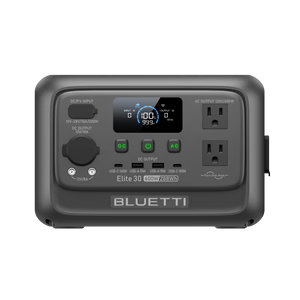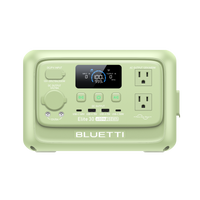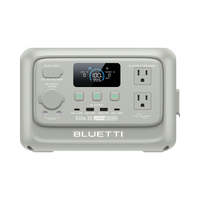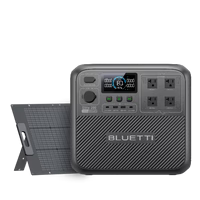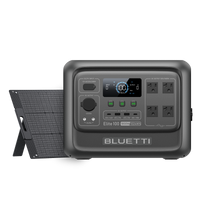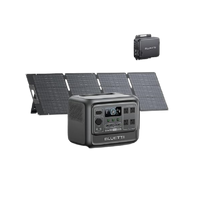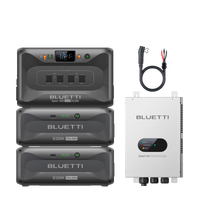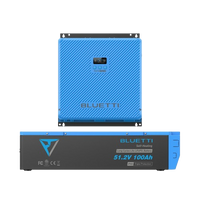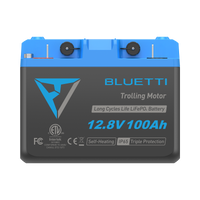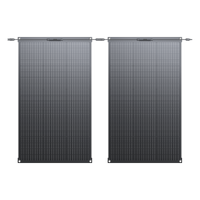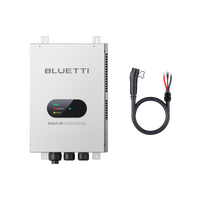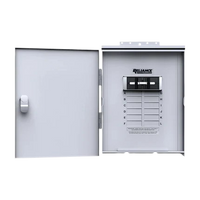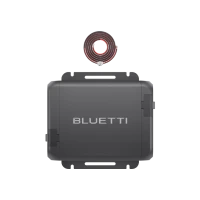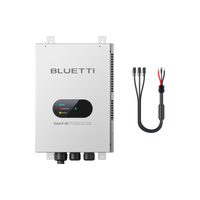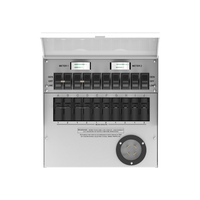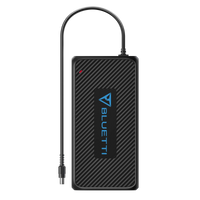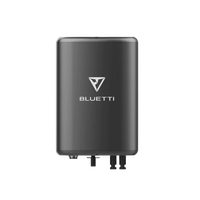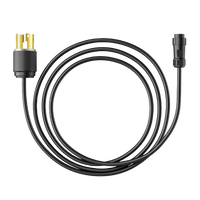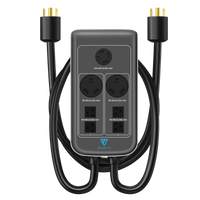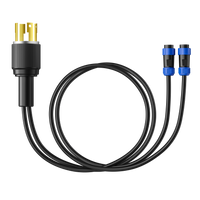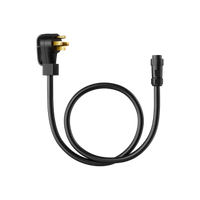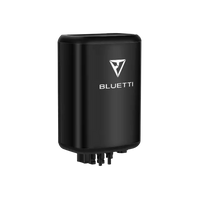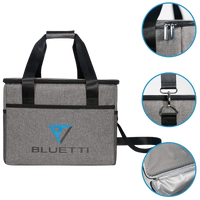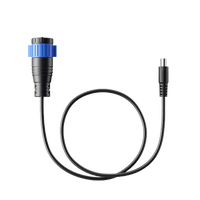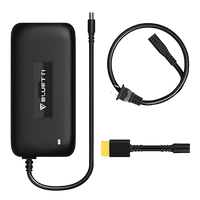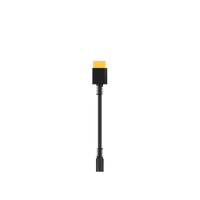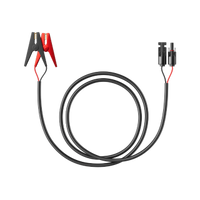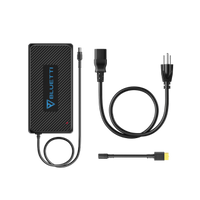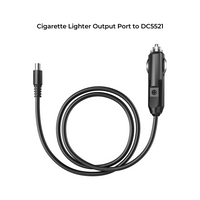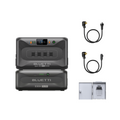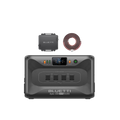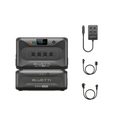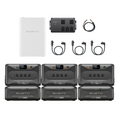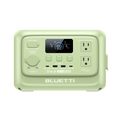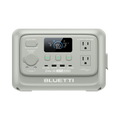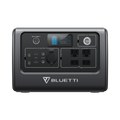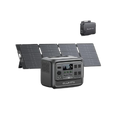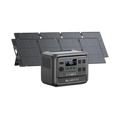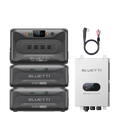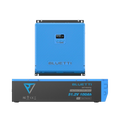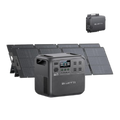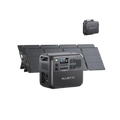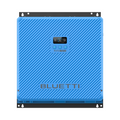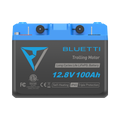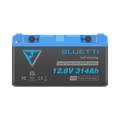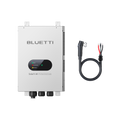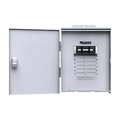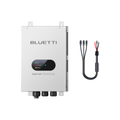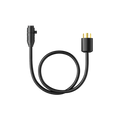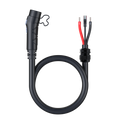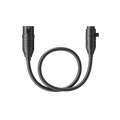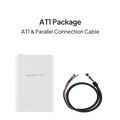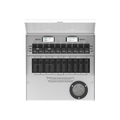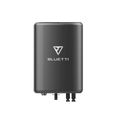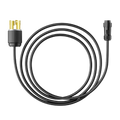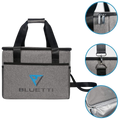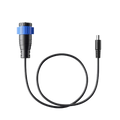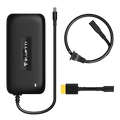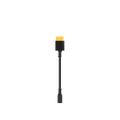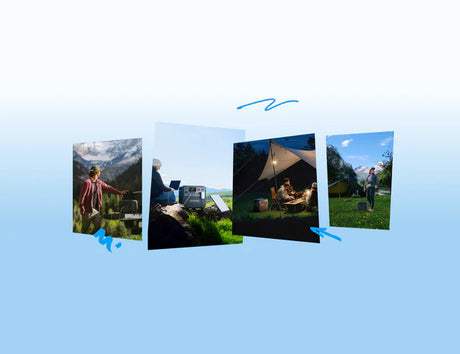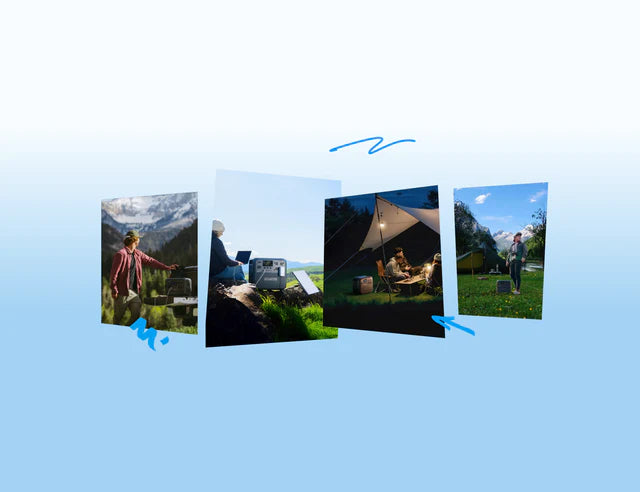Par Jim Baird, aventurier et cinéaste professionnel
Si vous vous préparez pour une passionnante excursion de trois jours en canoë sur eau calme, vous savez déjà qu'une bonne préparation est essentielle pour un voyage réussi et agréable. Après des années d'exploration en pleine nature, une chose est sûre : disposer du bon équipement fait toute la différence. Alors, découvrons ensemble la liste ultime du matériel à emporter pour votre prochaine aventure en canoë.
N'oubliez pas que cette liste n'est qu'un point de départ. Adaptez-la à vos besoins spécifiques et aux défis uniques de votre expédition en canoë. Consultez régulièrement les prévisions météorologiques, partagez votre itinéraire avec une personne de confiance et soyez prêt à affronter toutes les caprices de la nature.
1. Canoë et pagaies

Bien sûr, l'élément essentiel de votre excursion est votre fidèle canoë et vos pagaies. Avant de vous mettre à l'eau, assurez-vous que votre canoë est en bon état et sans fuites ni dommages. Si vous pagayez à deux, un canoë de 5 à 5 mètres devrait suffire. Privilégiez un modèle de type « prospector » ; c'est un choix polyvalent qui s'adapte à tous types d'eaux, qu'elles soient agitées ou calmes. N'oubliez pas de vérifier l'état de vos pagaies : elles ne doivent présenter ni fissures ni fentes. Pensez également à emporter une pagaie de rechange. Une pagaie de type « queue de castor » ou « queue de loutre » est idéale pour les sorties en eau calme.
2. Gilets de sauvetage (VFI) et équipements de sécurité
La sécurité avant tout ! Chaque membre d'équipage doit porter un gilet de sauvetage ou un vêtement de flottaison individuel (VFI) adapté à sa morphologie. Il est essentiel de toujours avoir son VFI à portée de main et, dans la plupart des conditions, de le porter. N'oubliez pas de consulter la réglementation locale : outre les VFI et les pagaies appropriées à bord, la loi exige généralement d'avoir une écope, une ligne de jet flottante (d'au moins 15 mètres), une lampe torche étanche et un dispositif de signalisation sonore comme un sifflet Fox 40.
Article connexe : Comment le BLUETTI EB3A alimente mes expéditions fluviales en solitaire
3. Outils de navigation
Suivez le bon chemin grâce à des cartes topographiques au 1/50 000 de votre itinéraire, un étui à cartes étanche, une boussole fiable et un GPS. Vous n'avez pas de GPS portable coûteux ? Téléchargez une application de cartes topographiques sur votre smartphone : une fois les cartes de votre itinéraire téléchargées, elles fonctionneront avec le GPS intégré de votre téléphone, même hors de portée du réseau.
4. Sacs et conteneurs étanches

Protégez votre matériel de l'eau en le rangeant dans des sacs étanches de qualité ou des contenants imperméables comme un baril alimentaire. Ces accessoires sont indispensables, surtout en cas de fortes pluies ou lors de la navigation sur des eaux agitées.
5. Matériel de camping

Pour une nuit confortable, emportez une tente légère, une bâche avec des cordes supplémentaires pour l'installation, des sacs de couchage et des matelas de sol. Assurez-vous que votre équipement de couchage est adapté à la saison et aux conditions météorologiques prévues. Privilégiez une tente avec un double-toit qui couvre toute la tente et descend jusqu'au sol : c'est indispensable en cas de forte pluie. N'oubliez pas non plus des cordes de parachute et des piquets supplémentaires pour installer votre bâche, et rangez-les dans un sac de rangement.
6. Matériel de cuisine

Un réchaud de camping compact et du combustible, des ustensiles de cuisine et du liquide vaisselle biodégradable sont indispensables pour préparer les repas lors d'une excursion en canoë. Pensez également à emporter des briquets et un kit d'allumage de feu fiable en cas de besoin.
7. Nourriture et eau
Prévoyez vos repas et emportez des aliments légers et non périssables : la pratique du kayak ou du canoë-kayak demande de l’énergie, alors ne négligez pas votre alimentation. Emportez un système de filtration d’eau ou des pastilles de purification pour garantir une eau potable saine.
8. Vêtements
Habillez-vous en superposant les vêtements, en fonction de la saison et des prévisions météorologiques. Privilégiez les matières autres que le coton, surtout pour les vêtements portés à même la peau. Les tissus à séchage rapide et respirants sont vos meilleurs alliés. N'oubliez pas votre imperméable ; un pull chaud supplémentaire est toujours une bonne idée.
9. Trousse de premiers secours
Les accidents arrivent, alors préparez-vous avec une trousse de premiers secours complète comprenant des pansements, des lingettes antiseptiques, des analgésiques et vos médicaments personnels.
10. Kit de réparation
Un kit de réparation de base comprenant du ruban adhésif, des kits de réparation pour vos sacs étanches, une aiguille et du fil, ainsi qu'un outil multifonction peut vous sauver la vie en cas de problème pendant votre voyage.
11. Répulsif anti-insectes et protection solaire
Restez à l'abri des insectes grâce à un répulsif comme Muskol (30 % de DEET), une veste anti-insectes et de la crème solaire pour protéger votre peau des insectes indésirables et des rayons du soleil.
12. Effets personnels
N’oubliez pas les indispensables : articles de toilette, lampe de poche ou frontale avec piles de rechange, lunettes de soleil et chapeau.
13. Un sac-poubelle
Ne laissez aucune trace : emportez toujours un ou deux sacs-poubelle pour transporter tous vos déchets et préserver l’environnement. Les sacs-poubelle ont de multiples usages, comme la création d’un espace étanche ou la doublure d’un sac.
14. Outils de coupe

Pour faire du feu et plus encore, emportez une scie pliante (environ 20 à 24" Pour les nuits froides en début ou fin de saison, une petite hache de type Hudson Bay avec un étui de qualité est recommandée. Les haches peuvent être dangereuses ; assurez-vous donc de bien les manier ou, si nécessaire, laissez-la à la maison. Un couteau à étui à la ceinture, facilement accessible, est très polyvalent et sert principalement à la cuisine.
15. Énergie portable :

Surtout si vous filmez votre aventure pour les réseaux sociaux, YouTube ou simplement pour le plaisir, n'oubliez pas d'emporter une batterie externe BLUETTI EB3A. Chargez-la avant de partir : elle vous fournira toute l'énergie nécessaire pour immortaliser votre aventure. Bien sûr, cette batterie externe a aussi de nombreuses autres utilités sur le terrain.
Maintenant que vous avez tout l'équipement nécessaire, chargez votre canoë, prenez l'eau et vivez l'aventure qui vous attend. Bonne navigation !






